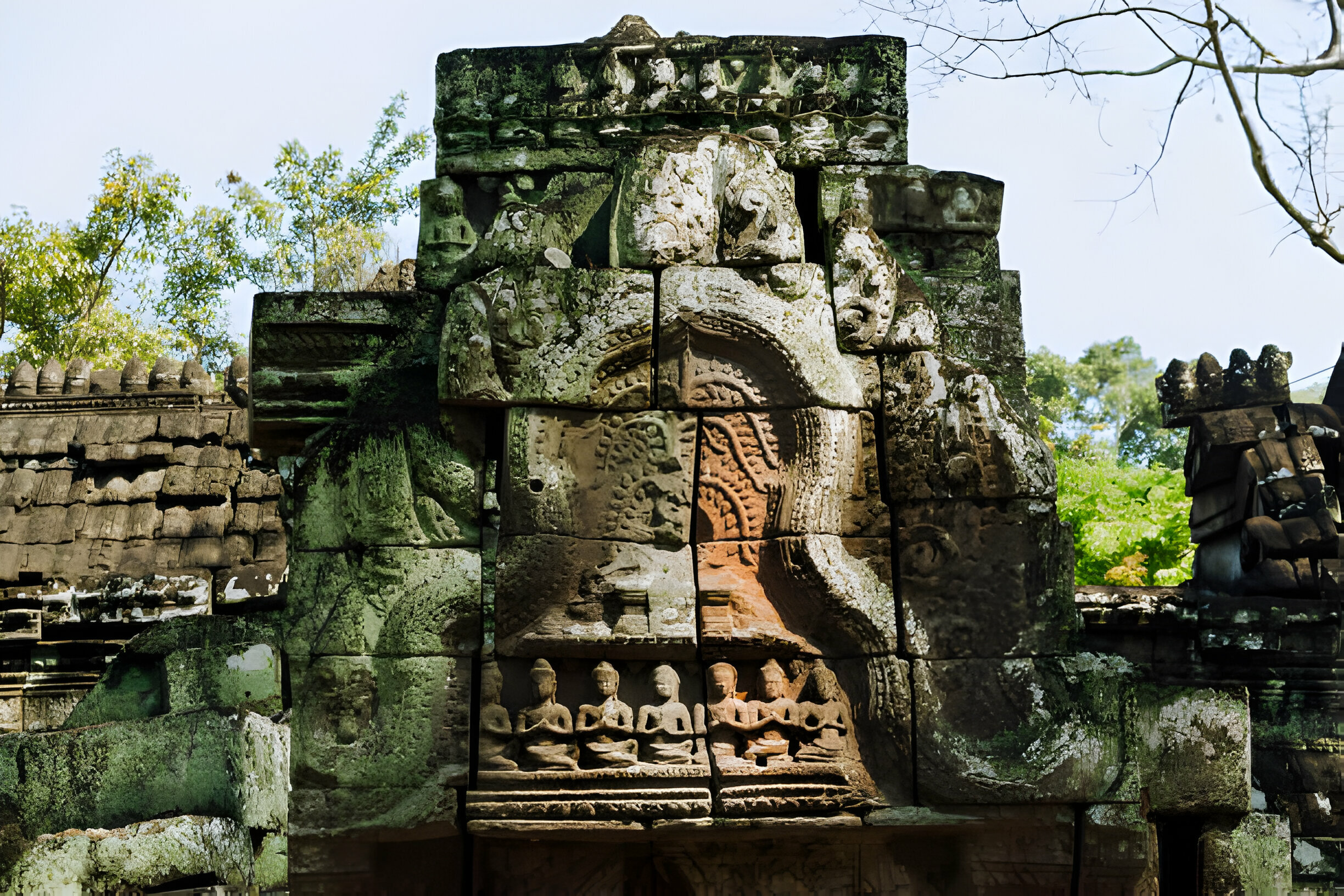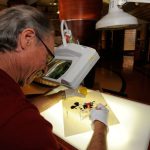Within the typical art dialect, the term “Indigenous Art” can be quite vague and confusing for some of us. A quick web search following the thread of Indigenous Art, one would be presented with a mixture of either artworks made by indigenous artists, or an artwork that portrays and addresses an issue faced by aboriginal people. But, what exactly is Indigenous Art? Its a vibrant, age-old tradition where artists tell stories, reflecting the struggles and triumphs of their cultures and individual experiences. Step on board for an intellectual expedition through “Art in Unexpected Places” to discover what really makes indigenous art unique.
What is Indigenous Art ?
Indigenous Art refers to the creative works produced by the indigenous people of various regions across space and time. It encompasses a wide spectrum of artistic mediums such as, painting, sculpting, pottery and other forms of visual and material expression. This art typically encapsulate the traditions, narratives, and cultural practices of a given indigenous community, serving as a mean of documentation , preserving heritage, expressing identity, and communicating with both the physical and spiritual worlds.
Indigenous Art and Universal Symbolism
Ancient Indigenous Art symbols stand as an esoteric and profound dialect through which humanity communicates with the cosmos, a legacy stretching back thousands of years across various cultures. These early forms of artistic expressions transcended mere aesthetic decorations, Hence, standing as vital component of the people’s spiritual, social, and cultural identity.
Artists meticulously crafted symbols and artworks, drawing inspiration from their surroundings, spiritual believes, communal stories and old anecdotal narratives. Painting on cave walls, carving big rocks, and molding clay into distinct shapes and forms. For instance, In Australia, Indigenous people used ochre to paint complex stories on rock shelters, encoding knowledge of the land, ancestral tales, and laws of living. Comparably, the Petroglyphs of North America, elaborate and complex carvings on the rock surfaces, often portray animals, humans, and celestial bodies, standing as a documentation of sacred knowledge and historical events.
Textile is another form of indigenous art, transmitting the imprint of ancient wisdom. The Complex patterns found in the textile of indigenous Andean cultures, For instance, were more then mere aesthetic pleasure to the eye, but an encoded slate of information about the wearer’s status, community, and the natural and spiritual worlds. Each thread and color choice was deliberate, depicting a narrative interconnectedness between the people and the universe.
Few of The Most Notable Indigenous Art Across the Globe
1.The Wandjina Rock Art (Australia)
- Origins: Kimberley regions of Western Australia
- Date: At least 4,000 years old
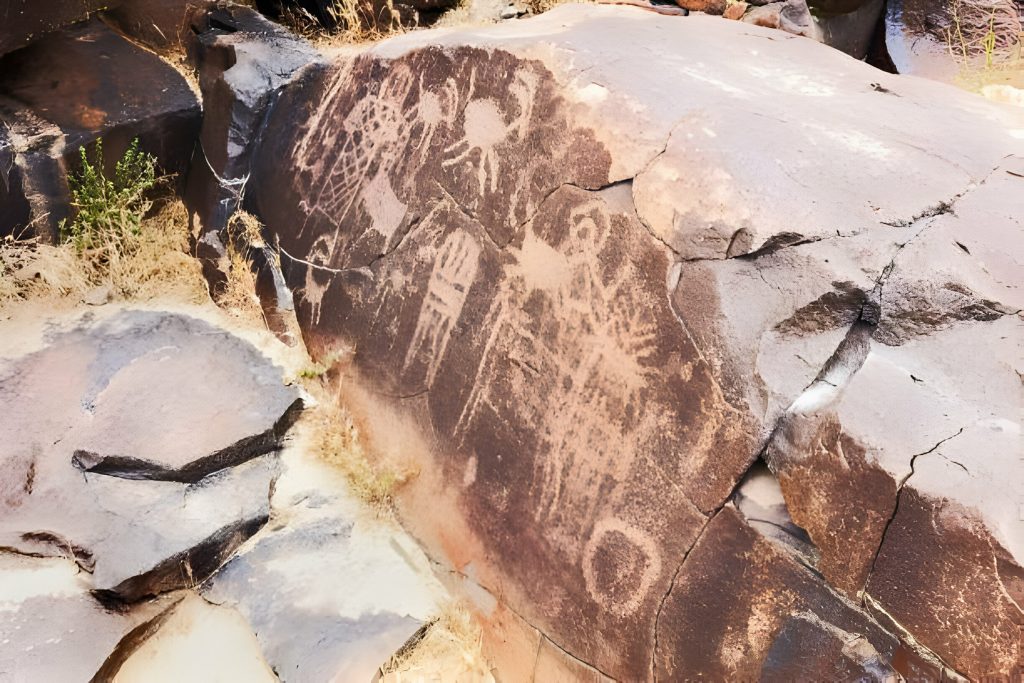
The Wandjina rock features alien-like figures represented as the Wandjina, powerful ancestral spirits associated with rain storms. Characterized by halo-like heads, rounded faces and lacking mouths. These paintings illustrate the Wandjina’s role in controlling the elements and sustaining life through the regulation of the seasons and water supply.
2.The Nazca Lines (Peru)
- Origins: Pampas of Jumana, Nazca Desert
- Dates: Created between 500 BCE an 500 CE
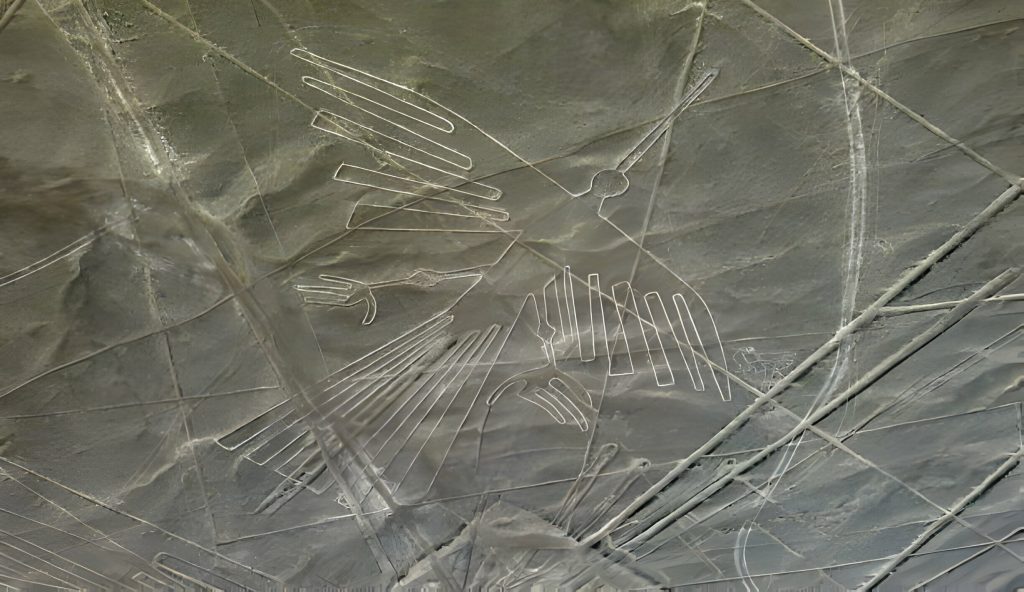
The Nazca lines are enormous geoglyphs depicting various animals, plants, and geometric shapes. Visible only from the air, they remain one of the greatest enigmas of ancient indigenous art. Theories suggest these ground drawings were part of astronomical rituals while others suggest that its a complex agricultural calendar, highlighting a peculiar, bizarre, and sophisticated understanding of their environment and celestial movements.
3.Totem Poles of The Pacific Northwest (North America)
- Origins: Coastal regions of British Colombia, Alaska, and the Pacific Northwest
- Dates: Dates back for hundreds of years, with ongoing traditions
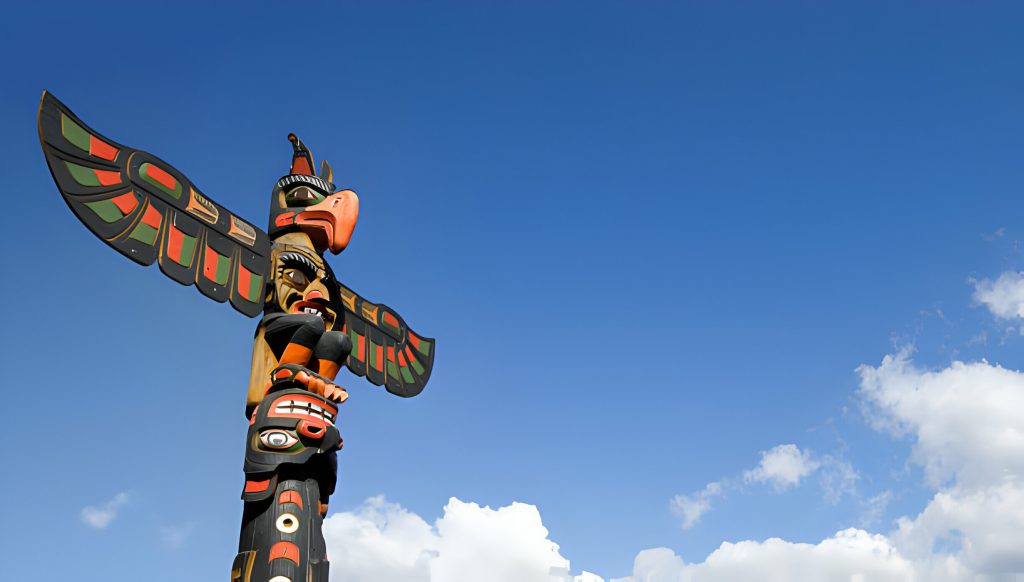
Totem poles are monumental Carvings, A distinct form indigenous art unique to the first nations of the pacific Northwest. Morphed out of large cedar trees and decorated with symbolic figures. These monumental stones, tell stories, document historical events, imbody clan lineages, while reflecting cultural convictions and believes. Thus, standing as a solid symbol of indigenous identity and the human ties to the natural world.
The Sistine Chapel of Prehistory – Lascaux Cave Painting (France)
- Origins: Dordogne regions
- Dates: Approximately 17,000 years old
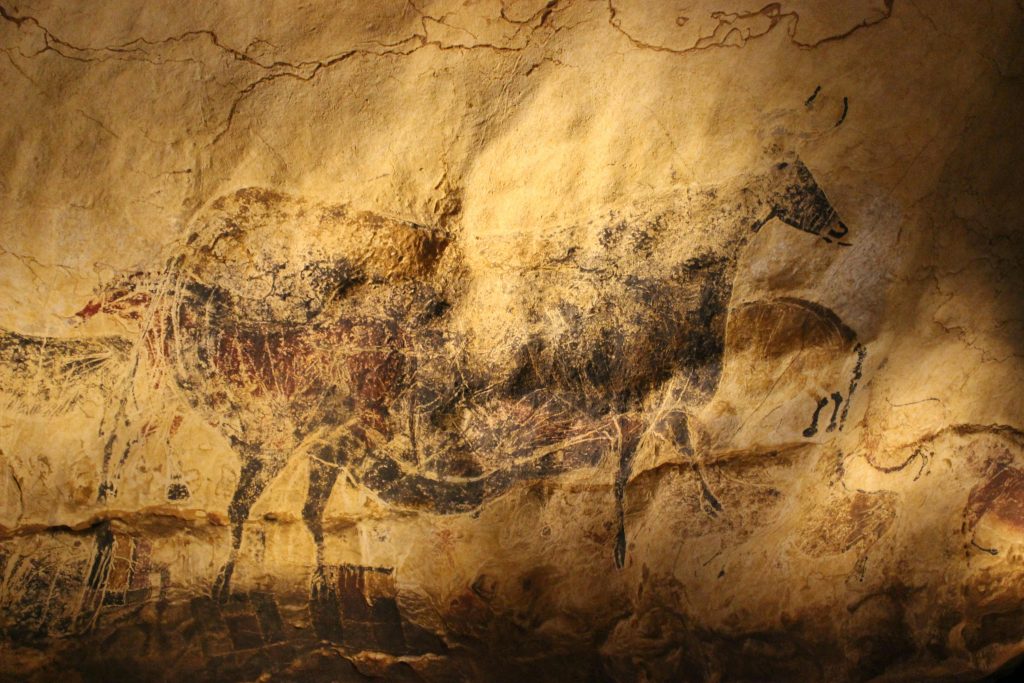
Although not produced by what we traditionally define as “indigenous” cultures in temporary dialect, The Lascaux Cave Paintings stand as a prime example of the earliest forms of human artistry and spiritual expression. The complex images of animals, human figures, and abstract signs likely held central spiritual and ritual importance, reflecting early human connection to nature and the divine.
In a nutshell, Indigenous art transcends mere aesthetic values, and visual pleasure, serving as a potent and long-lasting language, to record stories, preserve traditions, and connect humanity to the cosmos across generations.

